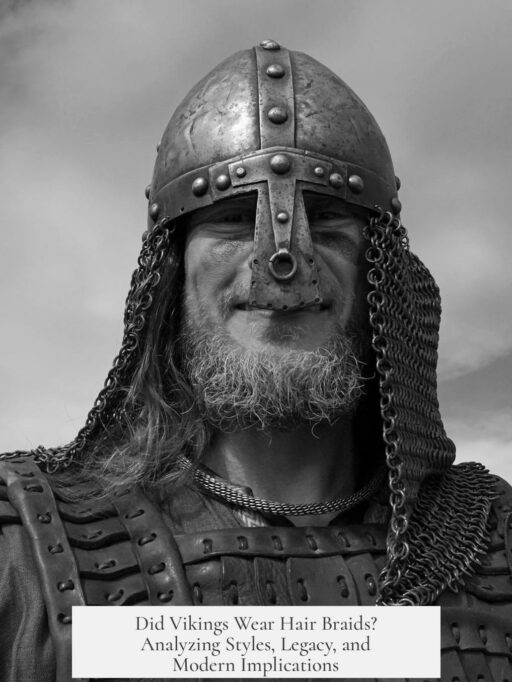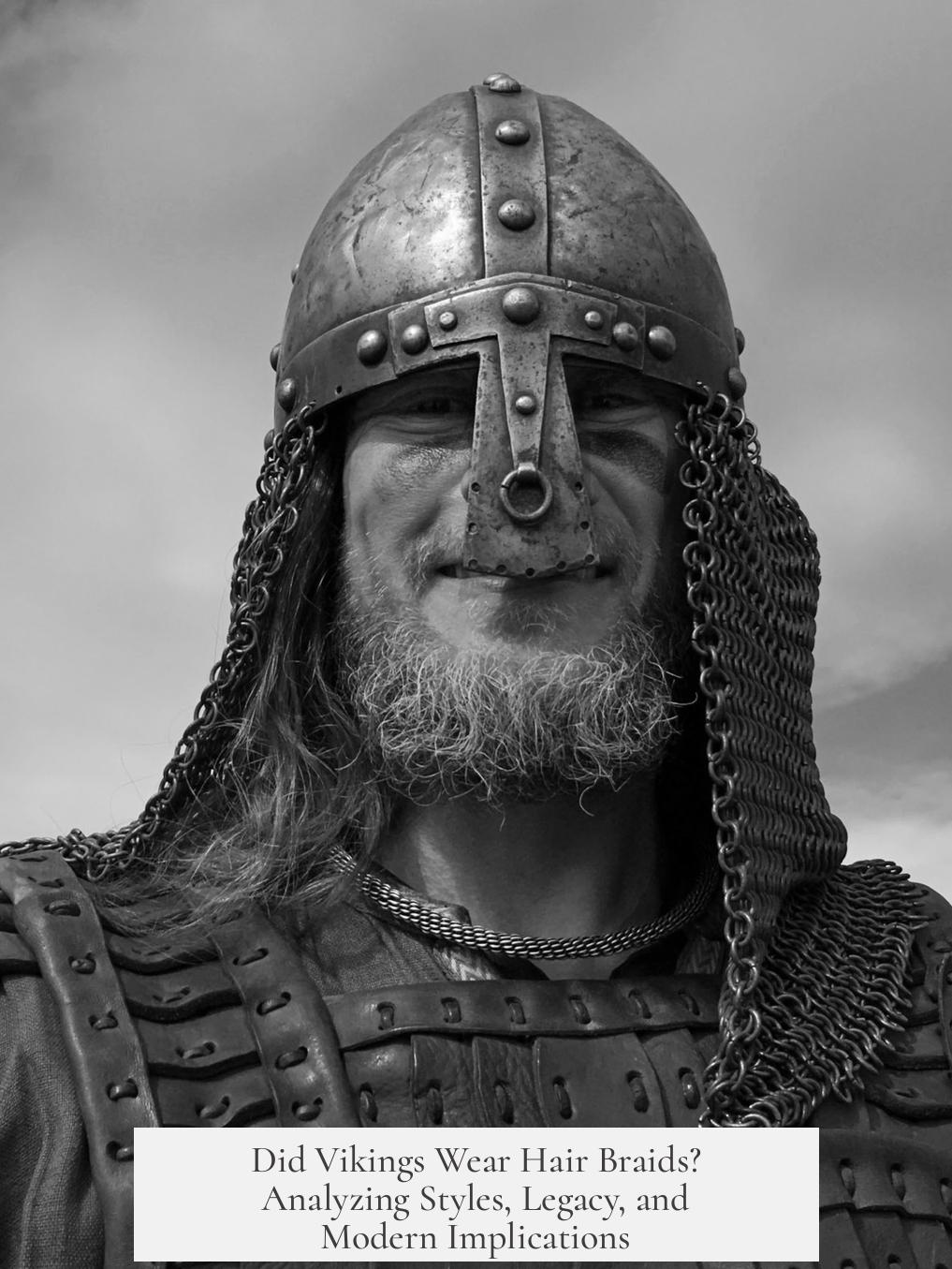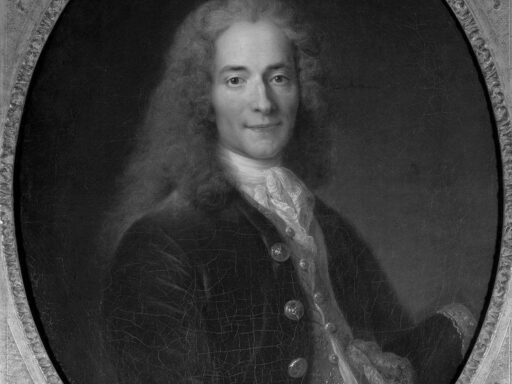Vikings did wear braided beards, but direct evidence of braided hair on their heads is uncertain. Historical texts confirm beard braiding, while hair braiding among Viking men lacks strong archaeological or textual support. Early Germanic populations practiced hair braiding, yet Viking Age proof remains inconclusive.
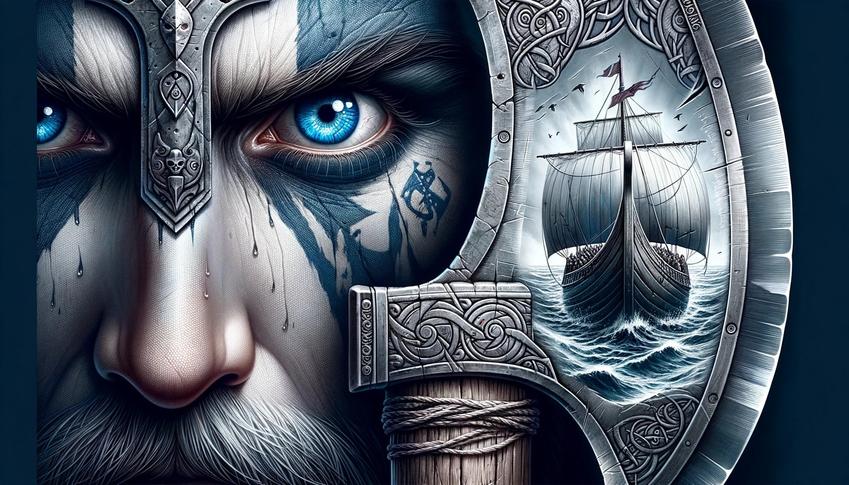
Reports from classical authors like Tacitus indicate that some early Germanic men, including those near modern-day Schleswig-Holstein, wore their hair in braids around 2,000 years ago. This suggests that braiding existed before and possibly during the Viking Age, but contemporary sources for Viking men’s head hair styles do not clearly confirm this.
Primary sources do mention Viking men styling and braiding their beards. One of the clearest cases is King Svein Forkbeard of Denmark, who lived around the turn of the first millennium. Medieval chronicles such as *Ágrip af Nóregskonungasögum* and Sven Aggesen’s *Brevis historia* refer to his braided beard, implying the practice was well known and possibly symbolic.
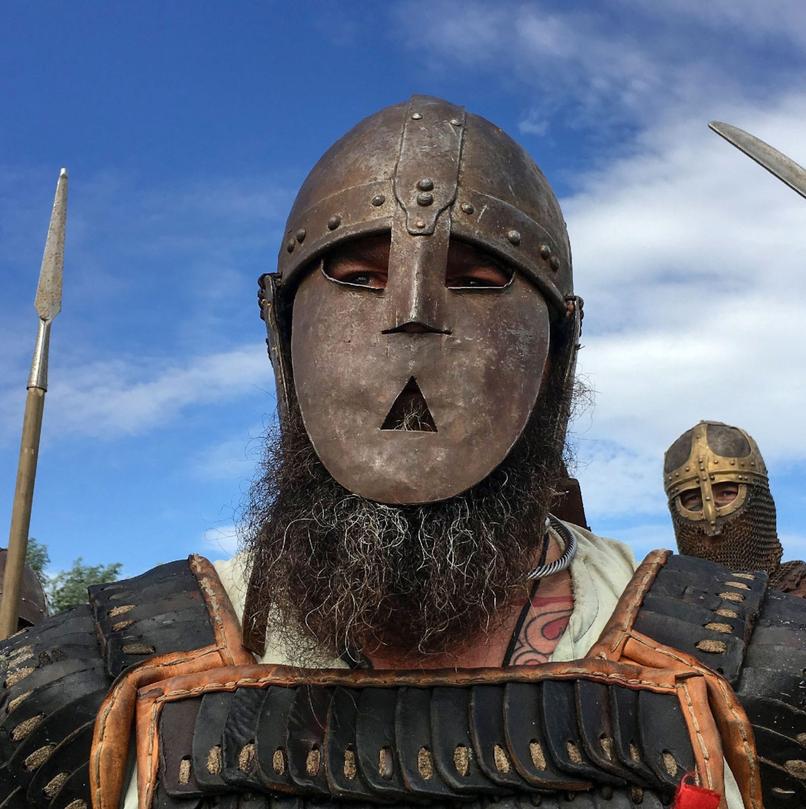
“Tygheskeg” or “tiugeskeg,” used in Old Norse and Danish texts, denotes a braided or tied beard style associated with Svein Forkbeard.
Iconographic evidence mostly relates to beards. Several Viking Age picture stones from Gotland, Sweden, show men with long, possibly braided, beards, supporting the written records about beard styling. Examples include the Tjängvide picture stone and the Stora Hammars Stone I. However, these visuals do not confirm braided hair on the scalp.
![]()
In short, braided beards are well documented through texts and imagery, but braided hair (on the head) during the Viking Age lacks firm evidence. The older tradition of braided hair among Germanic peoples makes it possible that Vikings also braided their hair, although surviving artifacts or written descriptions do not conclusively prove this. Viking hairstyles likely varied widely and may have included braids under certain cultural or functional circumstances.
- Braided beards are confirmed in Viking Age texts and images.
- Scalp braids are not conclusively evidenced during the Viking Age.
- Early Germanic peoples braided hair, suggesting Viking practices might have included it.
- King Svein Forkbeard’s braided beard stands as a historical example.
- Iconography emphasizes beards rather than head hair braiding.
Did Vikings Actually Wear Braids in Their Hair?
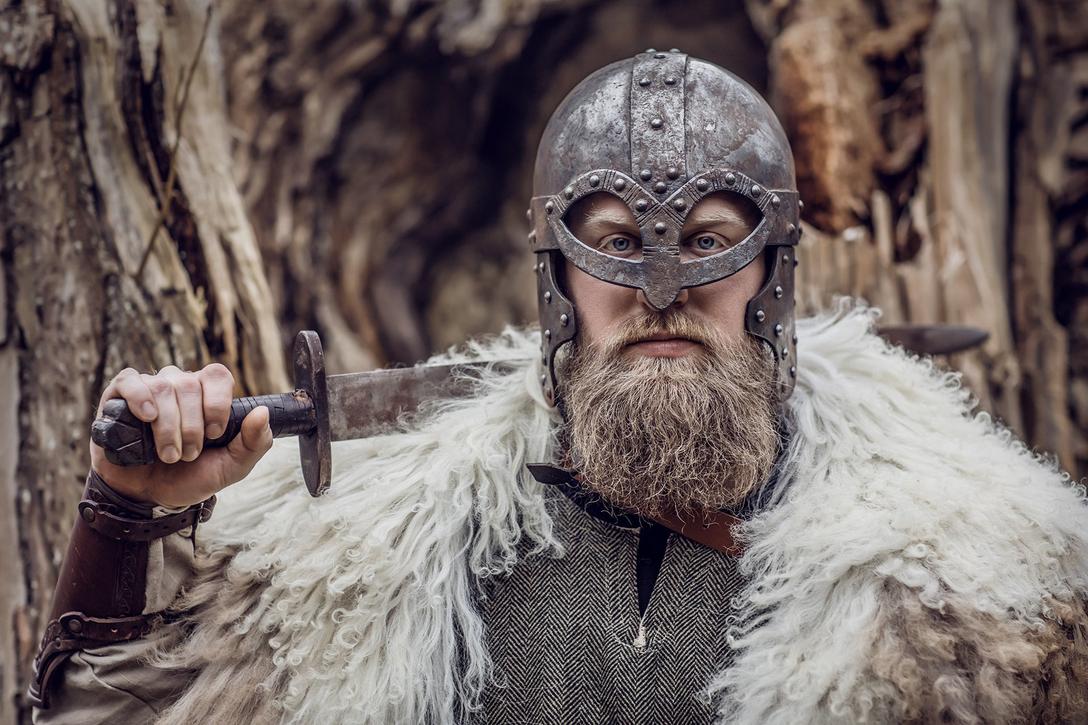
If you imagine Vikings, chances are you picture hulking men with horned helmets… and maybe braids weaving through wild locks. But here comes a curveball: While Vikings likely sported braided beards, there’s surprisingly little solid evidence they braided the hair on their heads during the Viking Age itself. Surprised? Let’s unravel this hairy mystery.
Braids feel iconic to Viking imagery. But how much is fact and how much is modern imagination fueled by TV shows and fantasy art? We’ll dive into history, archaeology, and some colorful lore to separate myth from reality.
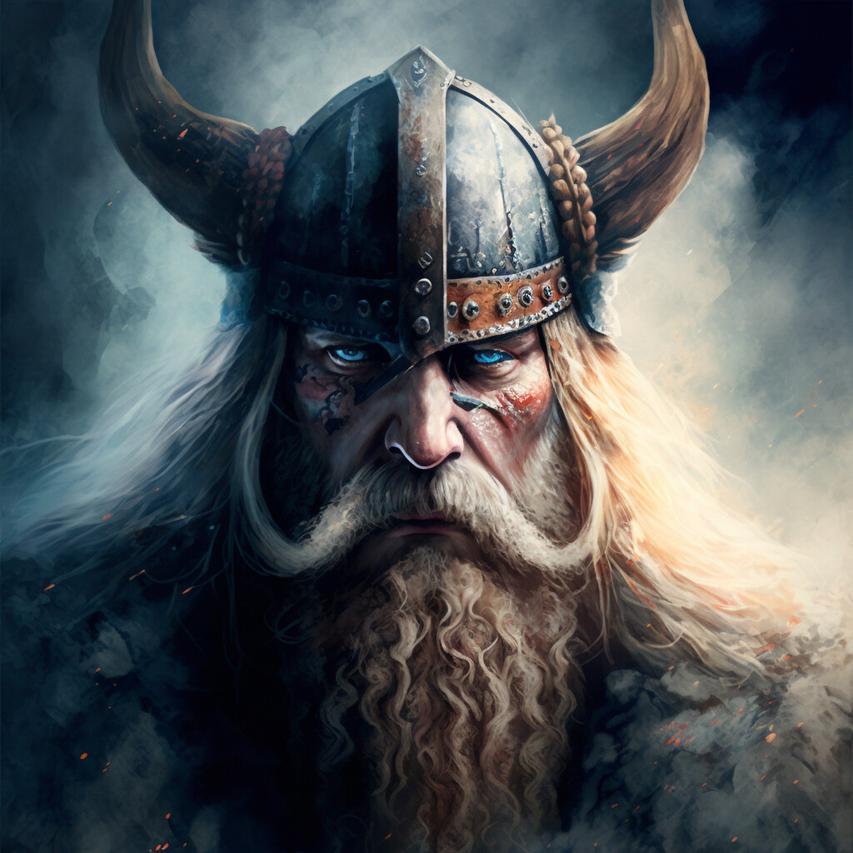
Braids Before the Vikings: A Hairy Legacy
Back around 2,000 years ago, early Germanic and Scandinavian populations definitely rocked braids. The Roman historian Tacitus mentioned braiding as a hairstyle for some male Scandinavians in the region near today’s Schleswig-Holstein. But—and it’s a big but—this is well before the Viking Age (roughly 793 to 1066 AD). So, while the roots of braiding stretch back, direct Viking-era proof is thin.
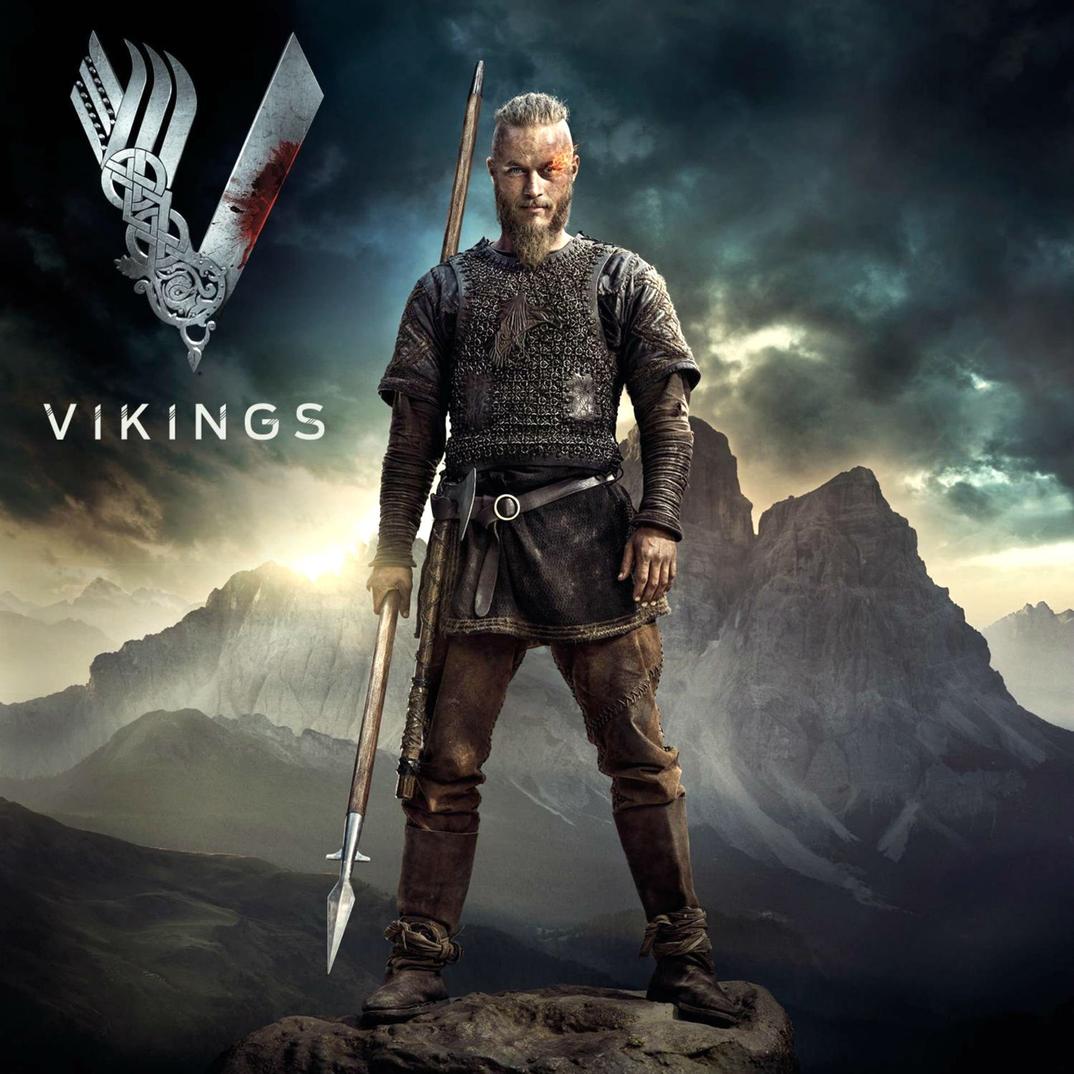
Think of it like your great-great-grandfather’s hairstyle trends: they influence you, but you might not copy every detail exactly. Braiding tradition was there, but did it sprint all the way to the Viking banquet table? That remains murky.
Beards: The Real Viking Braids

Here’s where history offers firmer ground. Viking men certainly braiding their beards is well attested through a mixture of primary historical records and vivid nicknames.
A prime example emerges in the form of King Svein Forkbeard of Denmark, who died in 1013. Historical accounts from the late 12th century describe him with a braided beard, earning him the nickname “Forkbeard” (meaning “forked beard”). This wasn’t just a quirky moniker—sources like Ágrip af Nóregskonungasögum and works by the Danish writer Sven Aggesen confirm it.
So, sword-wielding Vikings definitely took pride in braiding their beards, possibly as a statement of strength or status. Braids kept whiskers tidy in battle and daily rough-and-tumble life.
Viking Beard Styles in Stone
Tangibly, we have iconography to bolster the beard-braiding claim. Gotland picture stones, dating from the Viking Age, depict men with long beards, sometimes seemingly braided or at least well-groomed. The Tjängvide picture stone and Stora Hammars Stone I serve as excellent examples. These visual clues reinforce written sources about beard grooming, though no images explicitly show braided scalp hair.
The Curious Case of Head Braids
So, why is there no strong, direct evidence for braided head hair during the Viking Age? Archaeology, especially of the deceased, often reveals hair remnants or combs, yet no conclusive archaeological find shows braids on Viking heads.
It could be a simple evidence gap. Hair decomposes rapidly. Viking graves rarely contain preserved hair. Artifacts like combs suggest grooming was important, but combs themselves don’t prove braids. Nor do Viking-age texts clearly mention braiding hair on the scalp.
Given early Germanic braiding traditions, it’s plausible that braids existed in some form. But modern depictions might exaggerate this style. The iconic “braided warrior” might owe more to later romanticism than historical facts.
Why Does This Matter?
Understanding actual Viking hairstyles matters for archaeology, historical reenactments, and cultural education. It helps shake off exaggerations that overshadow complex realities.
For example, Viking longships required strong crews, so practical hairstyles mattered. Braided beards could keep facial hair manageable, but elaborate scalp braids might have been less practical or less common.
What Can Modern Vikings Learn?
If you want to embrace Viking style authentically:
- Consider braided beards as historically grounded and culturally significant.
- Keep in mind that braided hairstyles on the head, while possible, lack firm Viking Age evidence.
- Use combs and grooming tools—common finds in Viking sites—as a nod to their care routines.
Want to channel your inner Svein Forkbeard? A nicely braided beard could get you closer to genuine Viking looks than braided hair ever will.
Summary
| Aspect | Evidence | Notes |
|---|---|---|
| Braids in Early Germanic/Scandinavian Hair | Confirmed by Tacitus, ~2,000 years ago | Unclear if trend lasted into Viking Age |
| Braided Beards in Viking Age | Well attested in primary sources, notably King Svein Forkbeard | Historically reliable and widely accepted |
| Iconography | Gotland picture stones with long beards | No clear scalp braids depicted |
| Hair Braids on Viking Heads | No conclusive archaeological or textual evidence | Possible but unconfirmed tradition |
In short, if you want to wear braids, go ahead! But if you’re aiming for Viking-era accuracy, focus on braiding that beard.
“In the world of Viking hairstyles, the beard braids tell the true saga.”
Think about your own hairdo today. Are you channeling an ancient warrior or a modern myth? Maybe a bit of both is exactly the right mix.
Sources:
- Driscoll, Matthew J., ed. and trans. Ágrip af Nóregskonungasögum: A Twelfth-Century Synoptic History of the Kings of Norway. Viking Society for Northern Research, 2008.
- Gertz, M. Cl., ed. Scriptores minores historiæ Danicæ medii ævi, i. Copenhagen, 1918.
